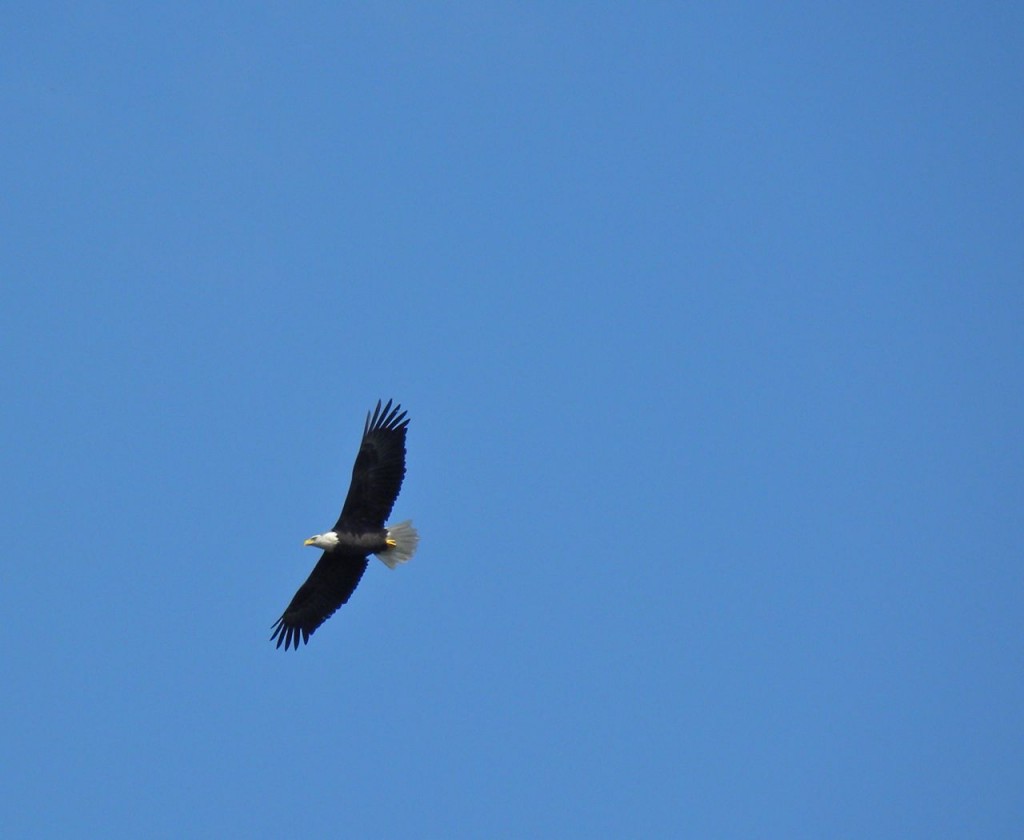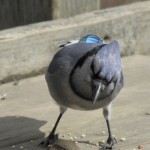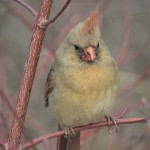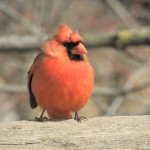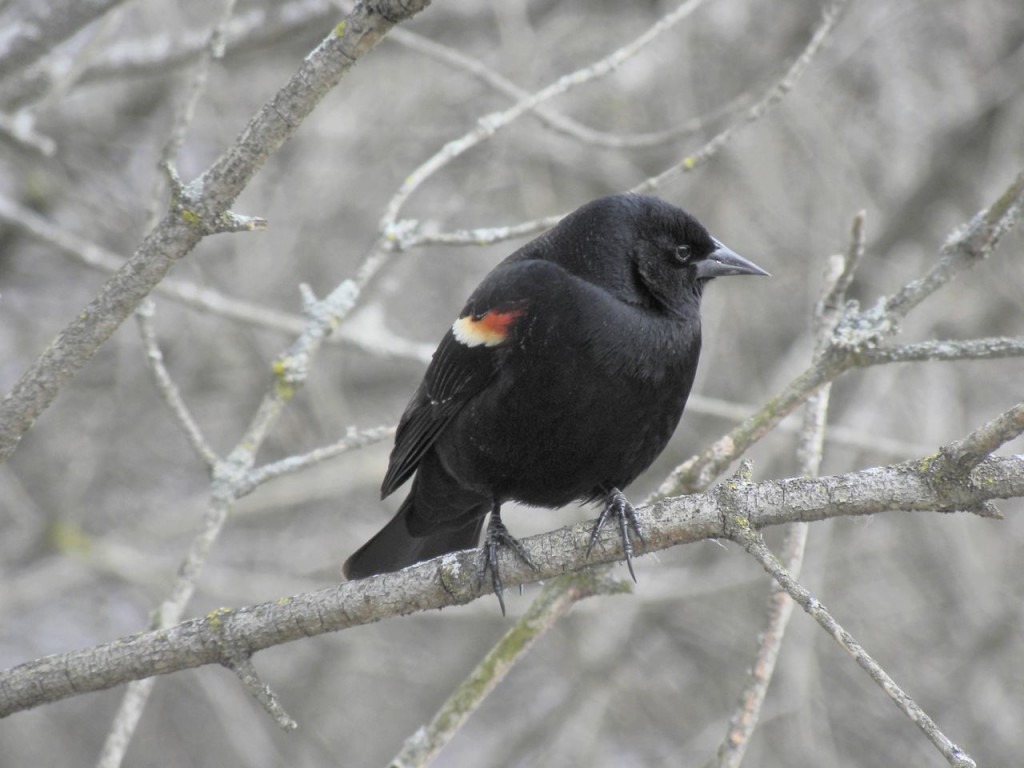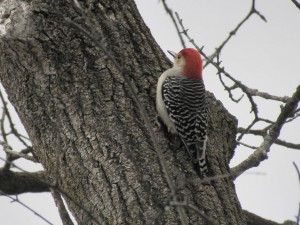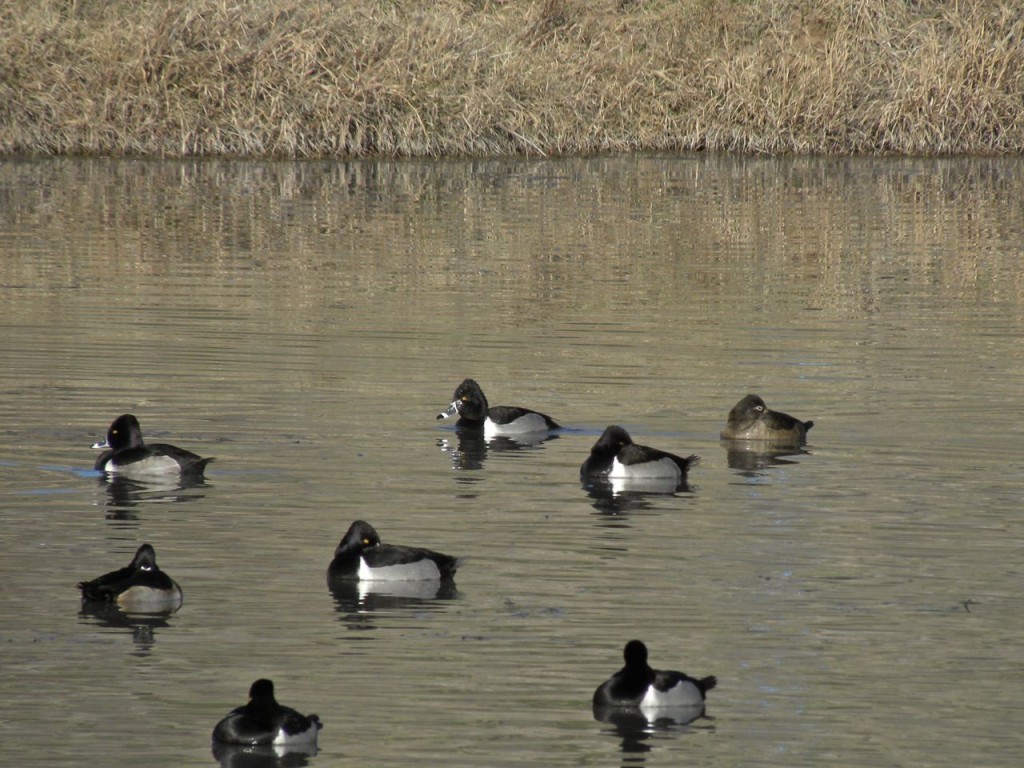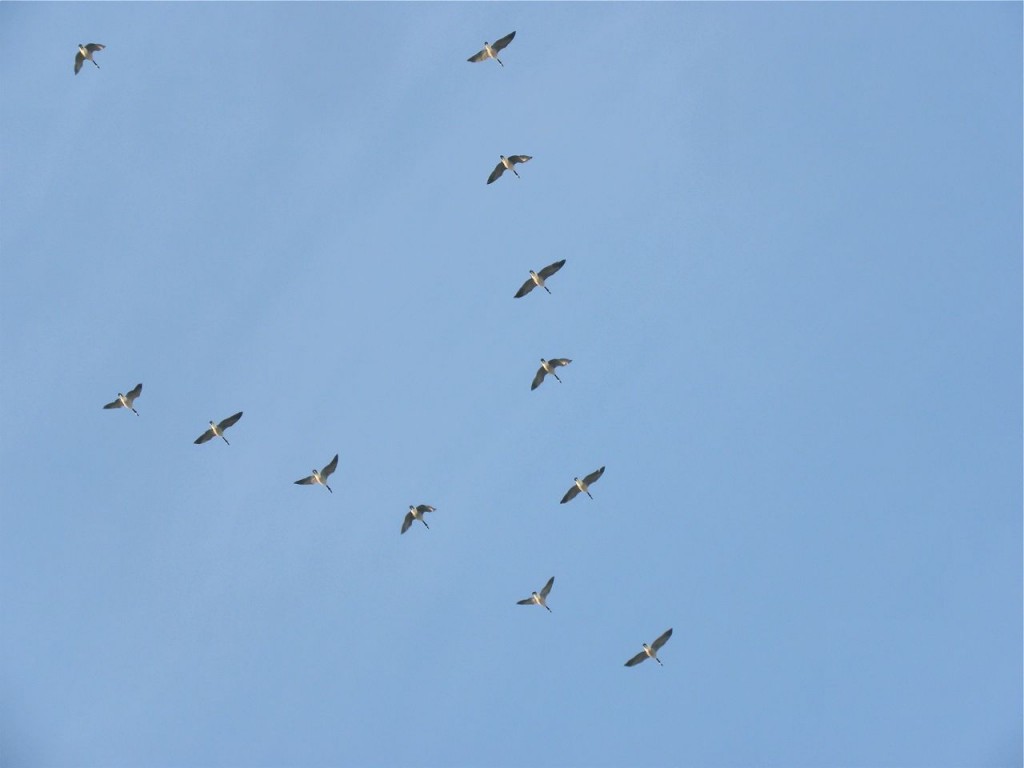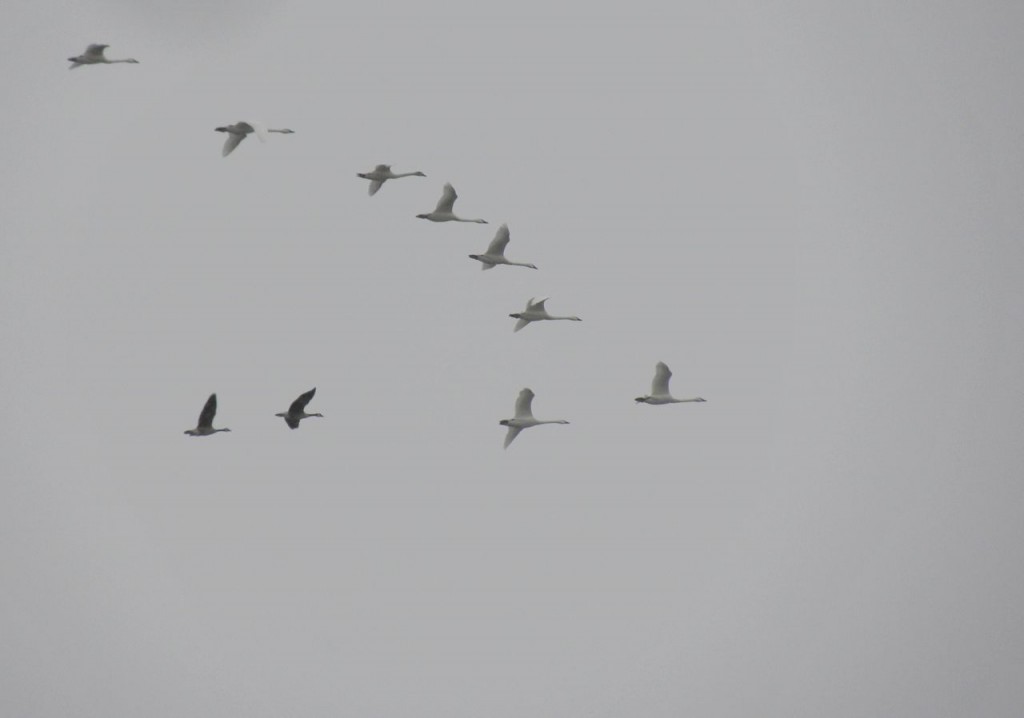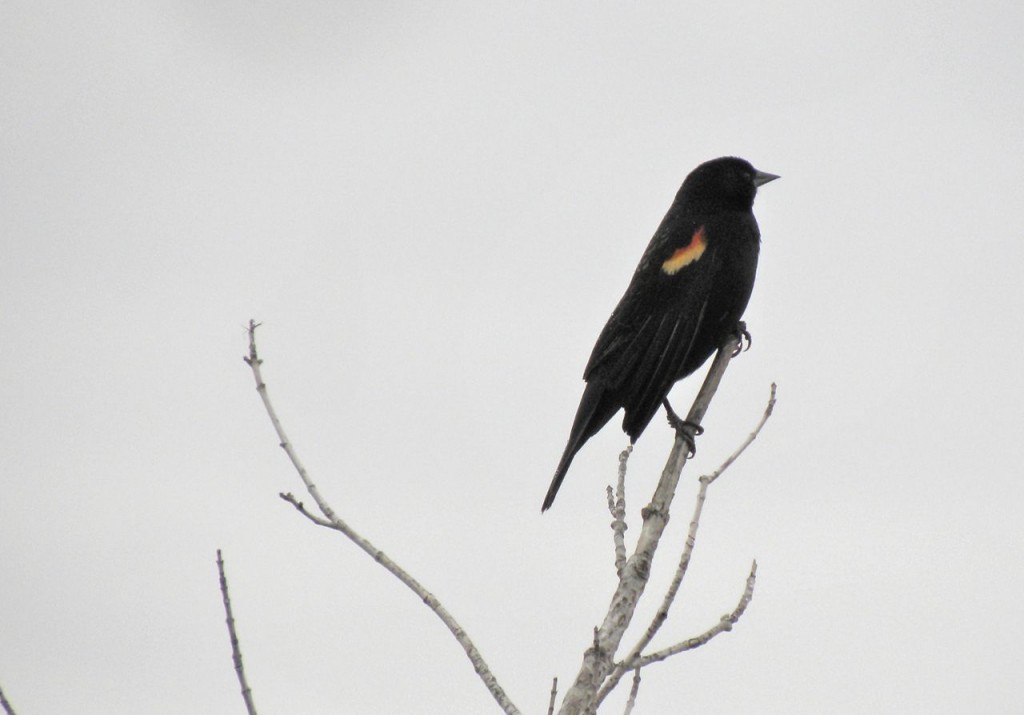March 18 2013. Kilbride & Cootes Paradise, ON. With no intention of looking for birds I went in search of signs of spring, anything spring-like would do. My expectations were low because there’s still plenty of snow where I went and anything brave enough to be thinking of new season growth would likely be buried, but at least I’d get some exercise. The walk and scramble down into a wet valley was pleasant enough and I’ve written a bit about it on the Understory blog.
I paid scant attention to the few birds, a couple of calling Red-winged Blackbirds and a circling Red-tailed Hawk, until I heard the unmistakable hoarse chuckle of a Common Raven. Looking up I spotted it swooping low and disappearing into the tops of some nearby White Pines, Ravens usually seem to fly smoothly and swiftly as if aided by a tail wind. Well, it was an easy Bird of the Day even though I wasn’t really paying attention.
Ravens have started to make something of a comeback to this part of southern Ontario, where once upon a time they were abundant but have been largely absent for the past century or so. Over the last ten years there have been regular reports of ravens nesting around here, but never more than one or two sites so their advance is tenuous although probably gaining momentum. Still, Common Raven is a notable bird.
Perhaps the final note this spring on migrant Tundra Swans. Last week after they left their Atlantic wintering grounds, thousands of them decided to stop over in our immediate area. It was a swan bonanza unlike any for many years. Yesterday I heard reports of several hundred gathered on one of the wetlands bordering Lake Ontario and after my earlier Raven encounter went to admire them. The weather has been threatening all day, and a winter storm was brewing, and when I arrived at the swan site there was a group of just 70 or 80 of them. I wasn’t altogether surprised because on my way there I had seen several small groups of swans low overhead and heading northwest, I had my suspicions where they’d come from, but I wondered why they’d be leaving so soon, especially with this storm brewing.
From a cold and punishingly windy lookout above the remaining swans I could tell that they were restless, and as I watched, every now and then a small group of 6 to 10 swans would gather and lift off flying hard into strong east wind. They made little headway but gained height quite rapidly and then, when perhaps two or three hundred feet up, they turned and headed north west, and away they went. Then I put it all together, or so I like to think, that it’s that strong east wind that will carry them on towards the next staging spot. As for the approaching storm they’ll deal with it as it happens or maybe they’ll skirt around it. I’m sure by mid afternoon they had all gone and their arrival somewhere a few hundred miles north and west of here will be another birder’s pleasure.
